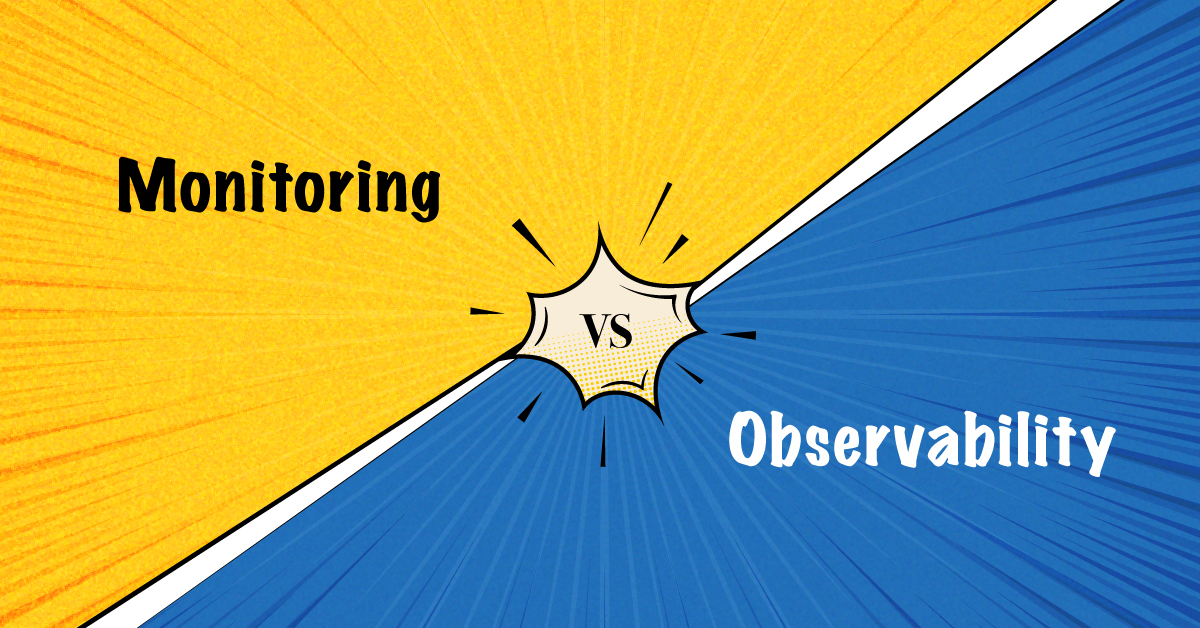Navigating IT complexity: Observability vs. monitoring for Australian SMEs' digital transformation

While traditional IT monitoring holds back Australian small and medium-sized enterprises (SMEs) in digital transformation, these organizations do realize that in the realm of IT operations, observability represents a significant advancement over traditional monitoring approaches. Unlike conventional methods that primarily focus on metrics like uptime and error rates, IT observability provides a comprehensive view of system behavior by integrating logs, metrics, traces, and events. This holistic approach enables IT teams to pinpoint root causes of issues more effectively, preemptively identify patterns and anomalies, and minimize downtime.
Proactive approach with advanced analytics
Powered by advanced analytics and machine learning algorithms, IT observability facilitates proactive issue detection and resolution. By detecting potential issues before they escalate, organizations can maintain consistent digital services and enhance operational resilience. This proactive stance not only reduces the impact of disruptions but also allows IT teams to experiment with new technologies confidently, driving innovation while ensuring uninterrupted customer experiences.
Business benefits beyond IT
The benefits of IT observability extend beyond IT operations to strategic business outcomes. Business leaders—particularly those investing in cloud infrastructure and application development—recognize the critical role of observability in ensuring system availability and resilience. By prioritizing observability, organizations can safeguard their operations for employees, partners, and customers alike, fostering trust and reliability in their digital offerings.
Adoption trends in Australia
Australian SMEs are increasingly embracing IT observability solutions to gain deeper insights into their IT environments. A significant majority of tech leaders in these organizations are either already using observability or evaluating its adoption. This trend underscores the growing recognition of observability's value in enhancing performance, customer satisfaction, and competitive advantage among SMEs in Australia.
Observability vs. monitoring: A paradigm shift
The shift towards observability represents a paradigmatic change in how organizations approach IT management. While monitoring focuses on tracking predefined metrics and thresholds, observability emphasizes understanding system behavior through comprehensive data analysis. By correlating logs, metrics, and traces across distributed systems, observability provides actionable insights that traditional monitoring may overlook. This holistic visibility not only improves incident response times but also enhances decision-making capabilities across the organization.
Driving organizational agility and innovation
As SMEs integrate observability into their IT strategies, they unlock a cycle of improved performance and agility. This approach allows organizations to proactively address issues, optimize resource allocation, and respond swiftly to changing business needs. By fostering a culture of continuous improvement and innovation, observability empowers SMEs to stay ahead in a competitive market landscape.
Explore further
Learn more about how IT observability can transform your organization's operational efficiency and resilience. Download our comprehensive whitepaper for detailed insights into leveraging observability for business success.
Comments (0)